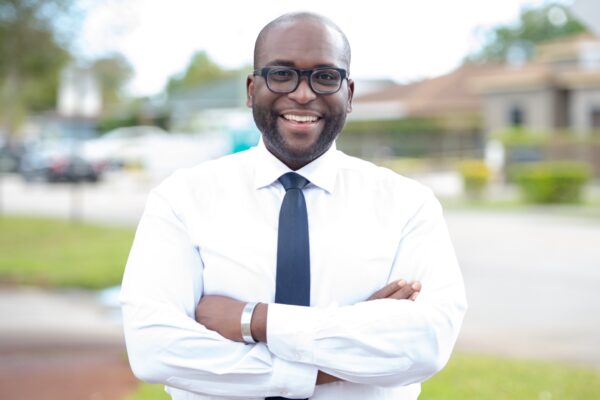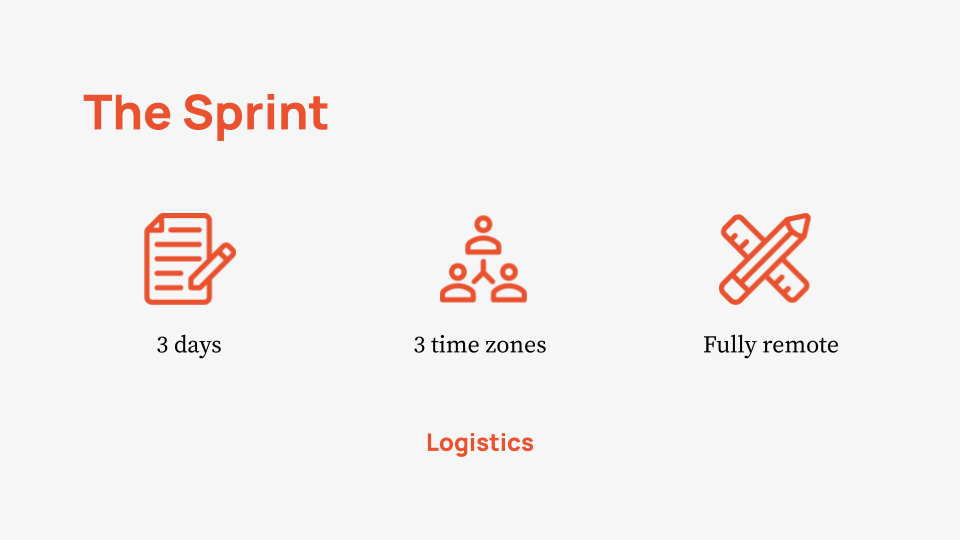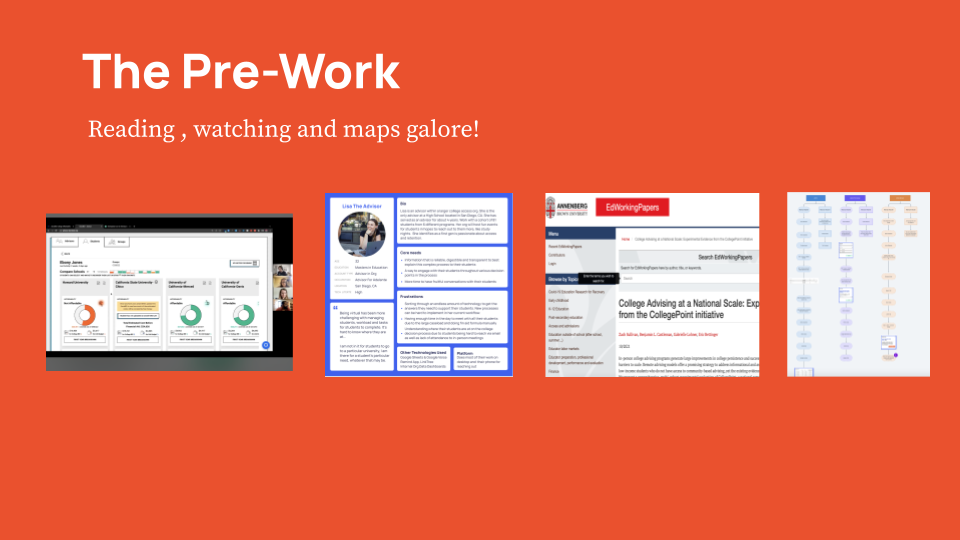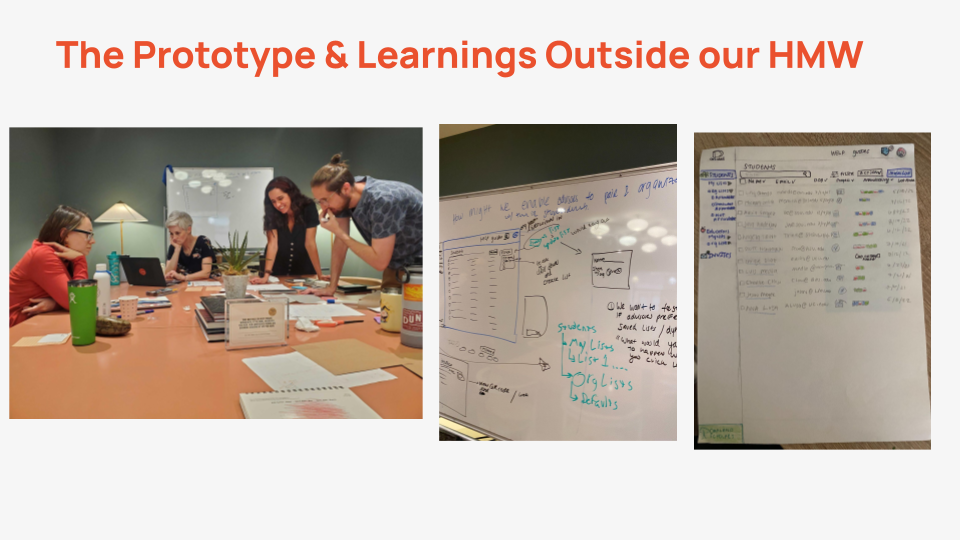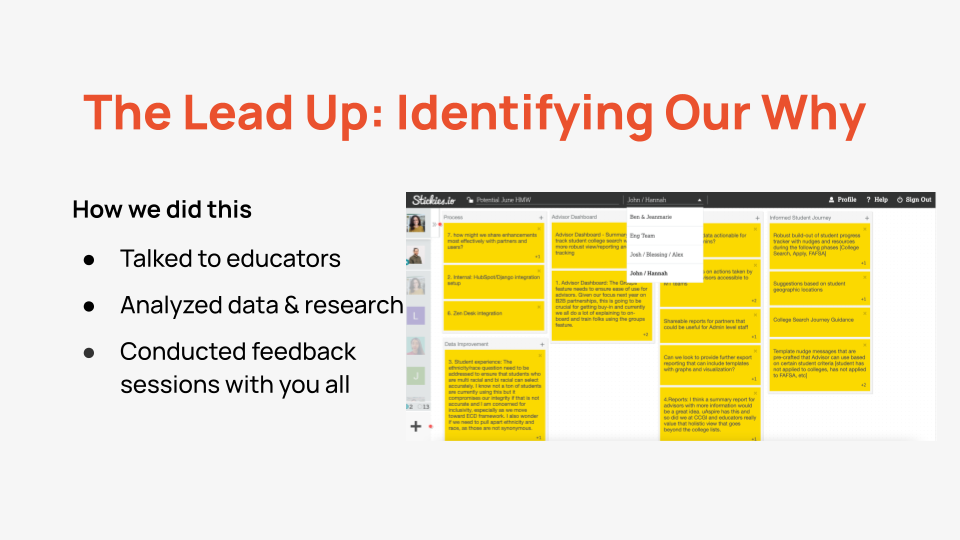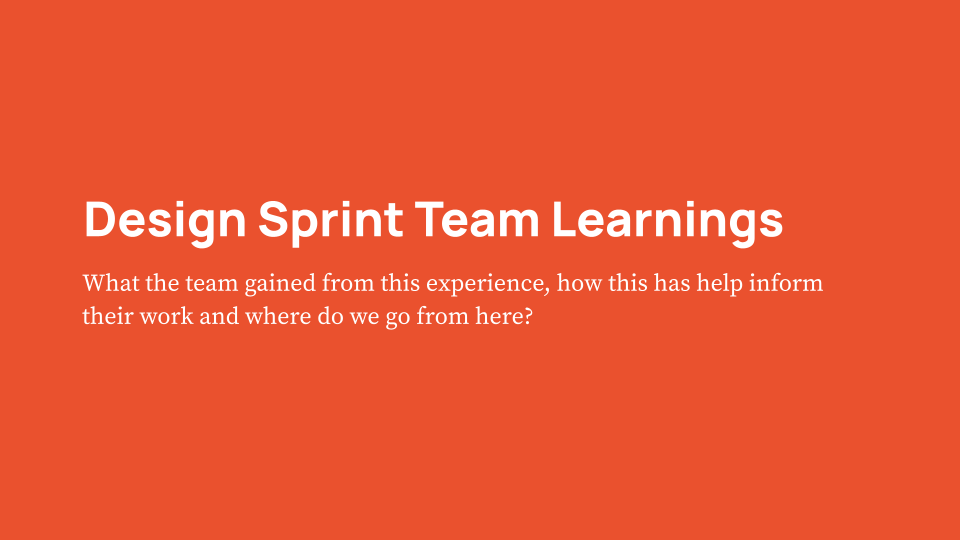GAO Report on Financial Aid Offers Shows Little Has Changed, Progress is Needed

Response by Hannah Smith, Moneythink VP of Partnerships, and Brendan Williams, uAspire VP of Knowledge
For most students and their families, costs are a determining factor of where and whether they can attend college. While some progress has been made in recent years to increase cost transparency, financial aid communication still leaves students and their families in the dark.
Last week, the U.S. Government Accountability Office (GAO), Congress’ non-partisan research agency, released a report that highlights glaring gaps in cost transparency in financial aid offers. These offers are a primary lever for students and families deciding which college to enroll in, or whether to attend college at all. While it comes as no surprise to those of us supporting students to interpret their offers, it was disappointing to see that the GAO’s findings echo research from nearly five years ago – with minimal progress made.
Decoding the Cost of College, released in 2018 by New America and uAspire, identified the troubling ambiguity and inconsistency of the information included in financial aid offers and made recommendations to provide the financial information students need. While many colleges have adopted more straightforward terminology, added cost calculations, and made other recommended changes, this recent research shows more needs to be done. Students and families still lack the information they need to make informed financial decisions about where to attend college and avoid taking on an unsustainable amount of student debt.
The study found that an estimated 91% of colleges don’t include or understate the net price of attendance in their aid offers. This makes it nearly impossible for a student to determine how much they will pay to attend a school. The report also highlighted the need to separate loans from financial aid that a student doesn’t have to pay back, like grants, and to distinguish that Parent PLUS loans require parents to meet borrowing criteria and often carry high interest rates. Additionally, the study found that 55% of colleges don’t state the total cost of attendance – including housing and meals fees, books and supplies, and other expenses.
While the GAO report sheds light on the ongoing need to improve and standardize financial aid and college cost communications, it must be undertaken in partnership with students and families. Solutions to improve terminology and formatting are well within reach, but we must ensure that:
- student and family voices and experiences are prioritized in the development process; and
- every element of the financial aid offer is consumer-tested to ensure the intended clarity is realized.
To do anything else would be a disservice to those most impacted by how financial aid is communicated. For many students, college is one of life’s most expensive decisions, with consequences that can persist for decades. Students have the right to clear, accurate, and timely information about the price of higher education so they can be empowered consumers.
Organizations like uAspire and Moneythink have been directly supporting students and advocating for these best practices through our programs and products for decades. Through our partnership, we’re providing cost transparency and elevating the voice of students, educators, and families who suffer at the hands of these inequitable practices. Students deserve a transparent and navigable process for financing college, especially when leveraging their futures with loans to pay for a college degree.
——-
About Moneythink
Moneythink has been a leading youth-centric financial capability organization for 15 years, supporting students to choose affordable colleges that align to their academic interests and financial circumstances. Our free online college affordability tool, DecidED, follows many of the best practices outlined in the GAO report, such as calculating the affordability of an award letter based on how much money a student would have to come up with to cover college costs and pulling apart free money and money that must be paid back.
About uAspire
For over 35 years, uAspire has worked to remove financial barriers to college success for students of color, low-income students, and first-generation college students by providing the financial information and resources necessary to find an affordable path to and through college. Based on our experiences supporting students and training practitioners, we developed the College Cost Calculator, a free online tool designed to help students decipher their financial aid offers and make an apples-to-apples comparison between colleges.
